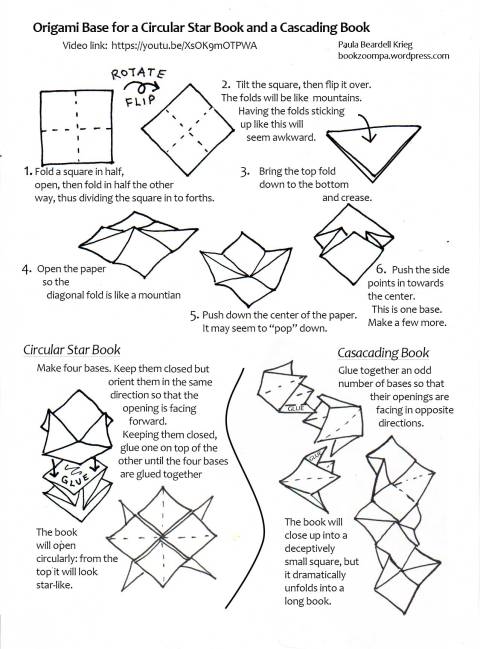Cycle Book Maybe you all can help out with this. Last week I received an email which asked if I might know about a certain book form. From the writer: "When I was young, I remember making or seeing a book that was either round, or a perfect square, that was bound in a spiral-… Continue reading Spiraling Books
Tag: Making Books with Children
5 Hands-On Projects Perfect for the Classroom
Fun Fact: Frogs don’t drink water. They absorb water through their skin What makes a book arts/ paper arts project rate as "Perfect for the Classroom?" Requires minimal materials Needs no special prep Doesn't need much instruction: students can figure things out for themselves and help others Encourages reading, writing, and spatial skills Allows for… Continue reading 5 Hands-On Projects Perfect for the Classroom
What we did last Saturday
Last Saturday a nice crowd joined me for a short accordion workshop, the first of what I hope will be a few months of these free, mini workshops to give us all some more practice with accordion folds. The time was so short and it went so fast that it almost seemed like it didn't… Continue reading What we did last Saturday
Four Books Students Can Figure Out How to Make on Their Own
For years, until she retired, I worked with an enthusiastic classroom teacher named Anna who loved seeing her students make books. Instead of teaching bookmaking skills she created a bookmaking corner in her classroom that included a little display of books that I had taught her how to make. These books were accompanied by written… Continue reading Four Books Students Can Figure Out How to Make on Their Own




